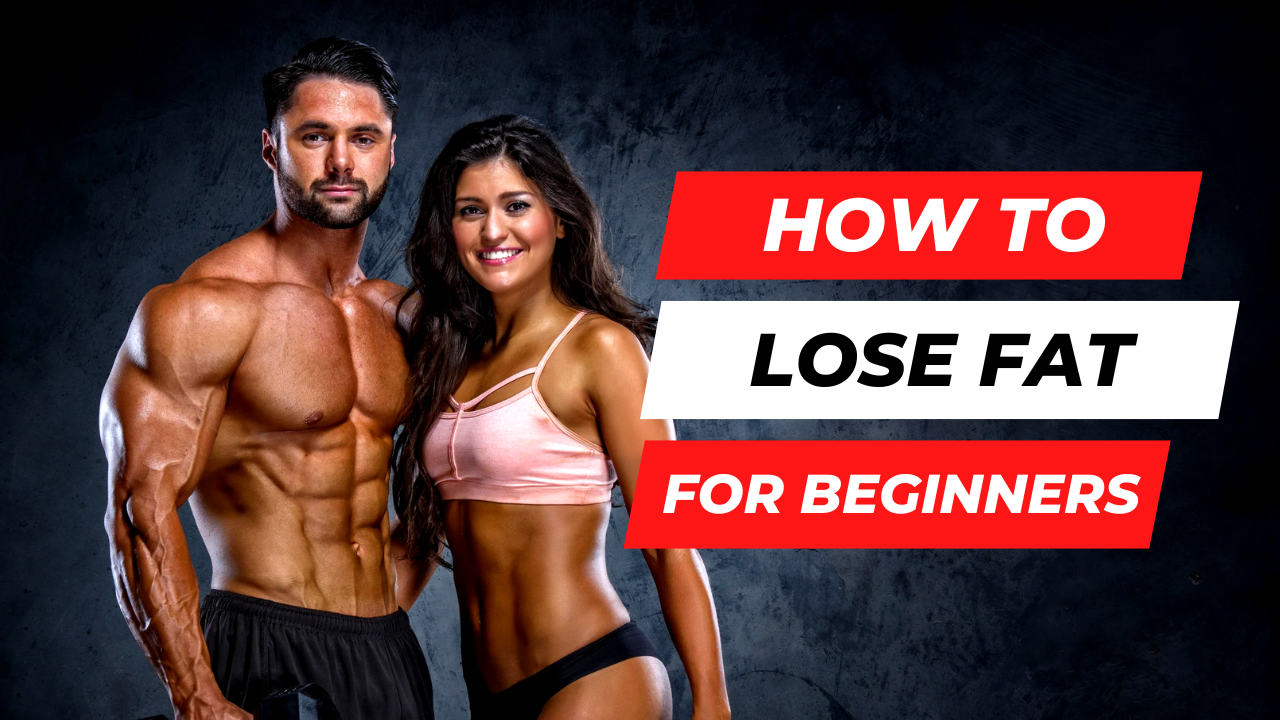
IN THIS POST
It’s not your fault!
There just are SO MANY mixed messages out there.
But I’m here to tell you it doesn’t have to be some complex puzzle or riddle that needs solving.
Fat loss is actually quite simple when you break it down.
Today, we’ll be walking through a quick 6-step process that’ll show you how to lose fat sustainably.
But that’s only if you read the entire article front to back and don’t skip around like you were planning to. 😉
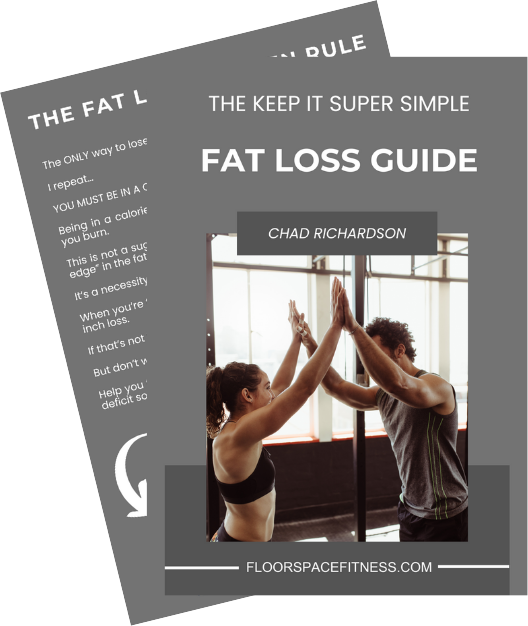
The weight loss golden rule
As long as grass is green and the sky is blue, the only way to lose weight is through a calorie deficit.
Aka consuming fewer calories than you burn.
Calories in < calories out.
I want to be clear about this:
Weight loss is scientifically IMPOSSIBLE without a calorie deficit.
When added together, the 6 steps on our list will help you create that deficit.
Related:
If you aren’t losing weight, here are 18 of the biggest mistakes you could be making.
Step 1: Figure out how many calories you need to eat
Nutrition drives the weight loss bus.
Specifically, how many calories you’re consuming.
If you eat too much the scale won’t budge.
Nor will you lose inches.
So let’s calculate your calorie needs for weight loss.
First, you need to find your maintenance calories (the number of calories you’d consume to maintain your current weight).
It’s also referred to as your TDEE (total daily energy expenditure).
Use a calculator like this one here.
Enter in all of your information (age, weight, height, activity level, etc) and click the “Calculate!” button.
Your maintenance will be on the left-hand side of the screen.
Take that number and multiply by 0.8 to get the number of daily calories you need to eat to lose weight.
Let’s say your maintenance calories come out to 2,500.
That would make your deficit calories 2,000 (2,500 x 0.8 = 2,000 calories).
This isn’t eat 2,000 calories every other day.
Or eat 2,000 calories Monday-Friday then take weekends off.
You eat 2,000 calories.
Every
Single.
Day!
And actually count them too, don’t just try to estimate!
As humans, we’re just not good at it.
Related: How to Count Calories for Weight Loss
Step 2: Implement the 80/20 2ule
Do you currently label foods as either “good” or “bad”?
And then only eat those “good” foods while trying to avoid the “bad” ones at all costs?
The reason I say trying is because I’d be willing to bet you haven’t been able to keep up with that strategy long-term.
What probably happens is you’re able to eat “clean” for a little while but eventually your cravings get the best of you.
So then you binge on all of the “bad” foods you restricted yourself from having.
In the end you’re stuck in this cycle of losing a little bit of weight then gaining it all back.
We’re going to break you out of that food prison.
How?
By implementing the 80/20 diet rule.
Basically, you eat healthy the majority of the time but still allow yourself the flexibility to enjoy your favorites in moderation.
To be more specific, get 80% of your calories from nutrient-dense whole foods (chicken breast, potatoes, eggs and egg whites, fruits, veggies, etc) and the remaining 20% of your calories can go toward your favorite ”fun” foods like pizza, burgers, chips, and cookies.
You won’t feel restricted or deprived because your favorites get sprinkled in.
And that means actually sticking to your diet, which is what you want because sustainability holds the key to long-term results.
Step 3: Consume enough protein
Protein is to fat loss what words are to a research paper.
Here’s why:
- It keeps you fuller for longer, which prevents overeating and makes it easier to stay in a deficit.
- It speeds up your metabolism (your body burns more calories digesting protein than any other food).
- It’s the one macronutrient directly responsible for retaining muscle mass. A little muscle loss is just a part of being in a deficit (unless you’re a fitness beginner) but the more muscle you retain, the more fat loss you’ll see.
Related: 5 Simple Ways to Hit Your Protein Target
If you weigh 200 lbs, for example, you’d want to consume 140g-200g of protein every single day.
Related: The 7 Best Calorie Deficit Foods
Step 4: Get on a strength training program
Those random, cool-looking workouts you saved from social media?
Not strength training, my friend.
Neither is HIIT, Orange Theory, or fitness boot camps.
Strength training = a structured program where you’re progressively lift heavier and heavier weights over time.
This gradual increase in weight forces your body to adapt.
And it does so by building and preserving muscle.
As you know by now, more muscle = more fat loss.
Also, you need muscle to achieve the leaner, more toned and defined physique you envision for yourself.
As luck would have it, I’ve created a significant amount of totally free workout programs for you to try.
Two of the most popular ones are my 12-week dumbbell workout program and 12-week gym workout program.
Get access to them by clicking the links below.

Step 5: Get your daily steps
If you want to lose fat while simultaneously improving your health, start doing more of this ONE thing…
Walking
That’s no typo.
Let me explain.
Walking increases your NEAT (non-exercise activity thermogenesis).
This is just a fancy way of saying all of the non-exercise movement you get throughout the day.
Well, guess what NEAT does?
It burns 300% more calories than your workouts.
So if you hit the gym but lay around like a sloth on the couch all day after, you’re undercutting your fat loss efforts.
Health-wise, take a look around the world.
You’ll see that the healthiest populations of people who live the longest all have something in common.
Care to guess what that is?
If you said they walk a lot, or get plenty of daily movement, you’d be right.
Research backs this up too.
Walking significantly decreases your all-cause mortality risk (risk of dying from pretty much anything).
Related: How to Get 10K Steps a Day
Step 6: Sleep more and manage stress
Lack of sleep and stress cause your body to produce more hormones that make you feel hungry and fewer hormones that tell you you’re full.
So the less sleep you get and more stressed you are, the hungrier you’ll be.
Aim for at least 7-9 hours of sleep each night.
I realize you new parents out there probably laughed out loud at that. 🤣
Just try to get a half hour to an hour more than you currently are.
That can make a BIG difference.
As for managing stress, I have a few suggestions for you:
- Mindfulness meditation
- Yoga
- Journaling
- 4-7-8 breathing
- A creatine outlet like art, playing an instrument, photography, crafting, etc
- A DIY project at home
- Join a club or social group to stay connected, have a sense of community, and build friendships
How to lose fat for life wrap-up
There you have it, a quick 6-step process for sustainable fat loss!
To summarize:
- Figure out your calorie needs: First, find your maintenance calories using a TDEE calculator. Then, take 80% of those calories and eat that much every single day.
- Protein consumption: Eat 0.7g-1g per pound of your goal bodyweight in protein daily.
- Strength training: Lift weights 2-4 times per week on a structured program.
- Daily movement: Get 7,500-10,000 steps.
- Sleep and stress management: Shoot for 7-9 hours of sleep each night and manage stress through activities such as meditation, yoga, and creative outlets like art or photography.

What's up?
I’m Chad, I’m happy you’re here! I’m a certified personal trainer and my goal is to help you form practical, sustainable habits that lead to lifelong fitness results. If you want to lose fat, build muscle, and live a healthier, happier life then you’re right where you need to be. 💪🏾
Free resources
⬇⬇⬇



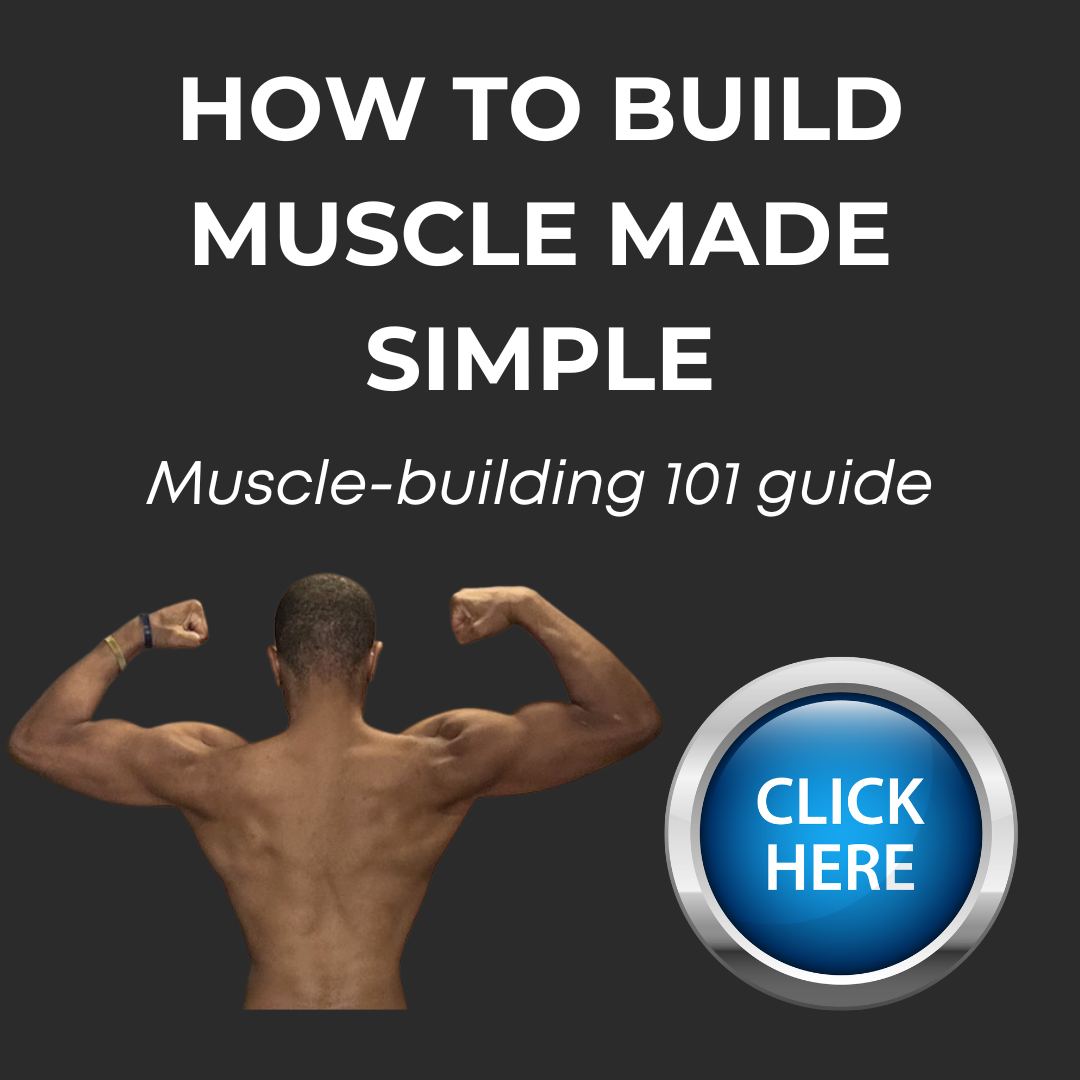



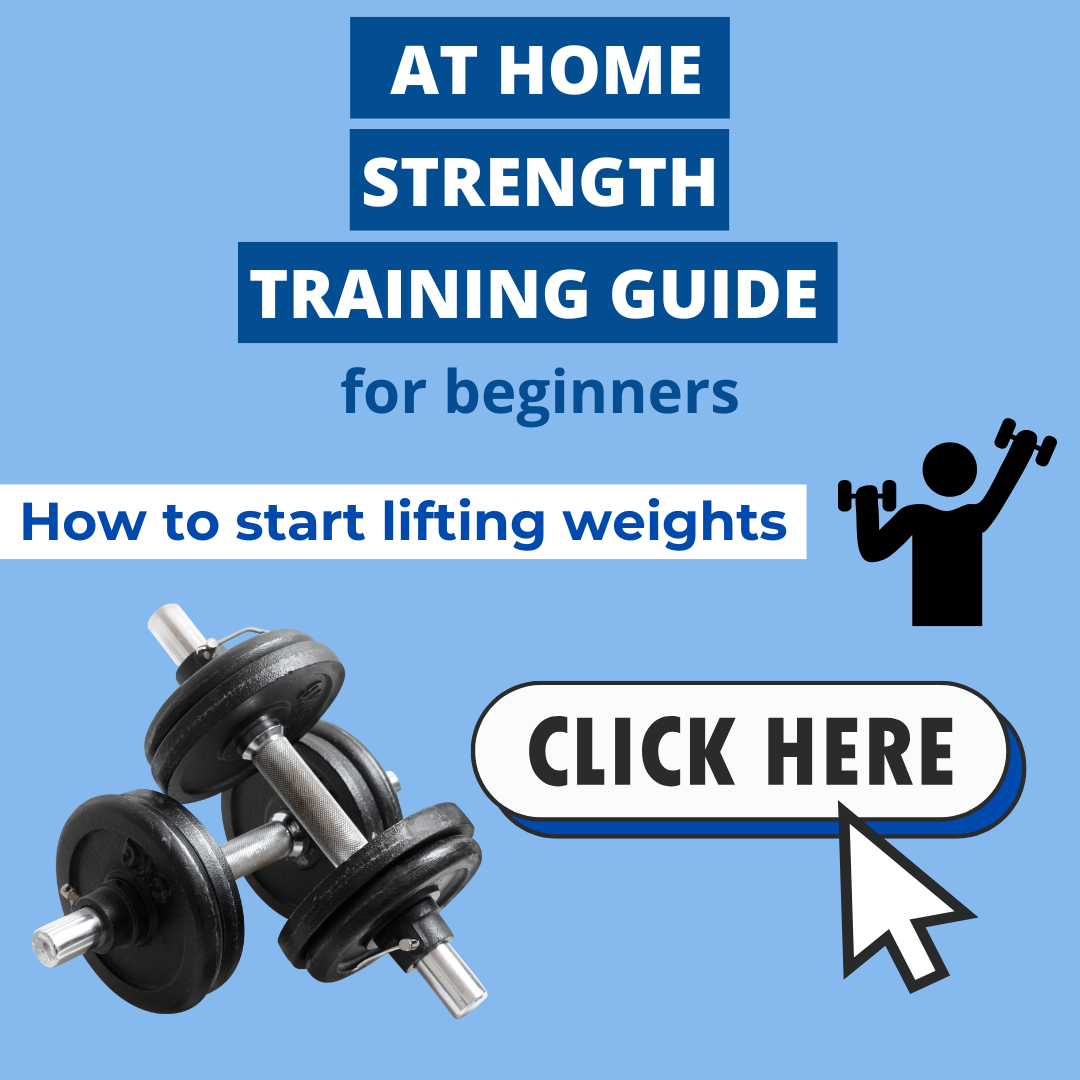
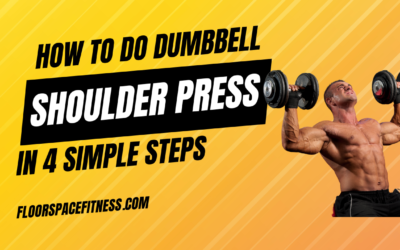

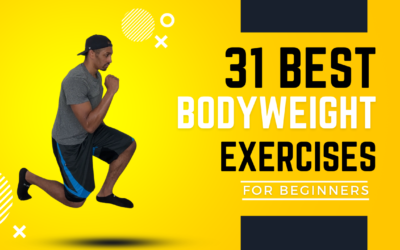
0 Comments